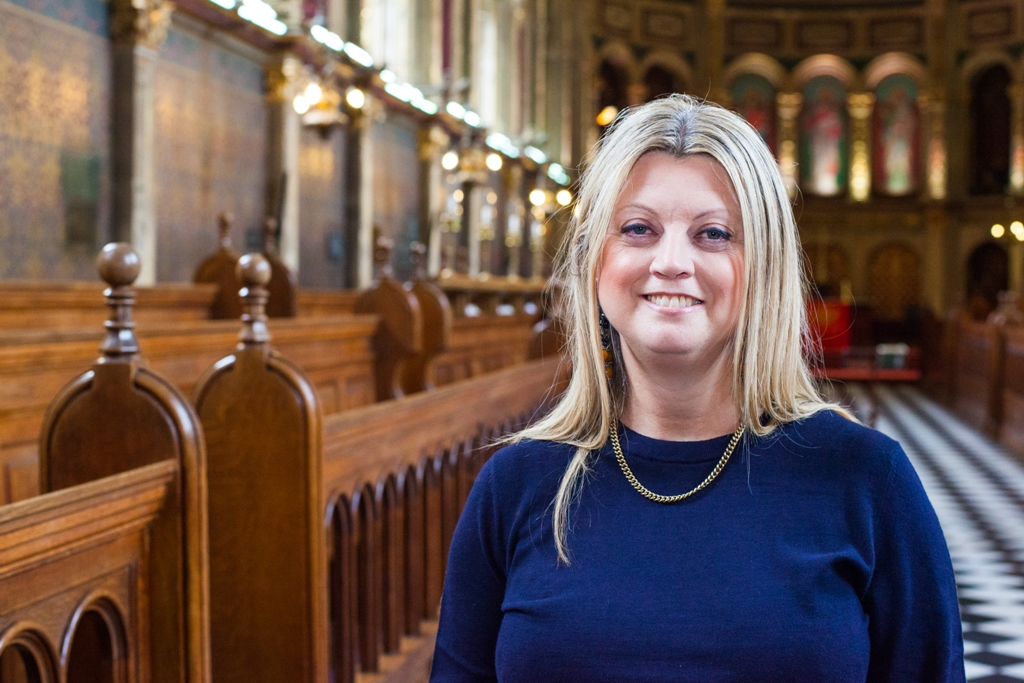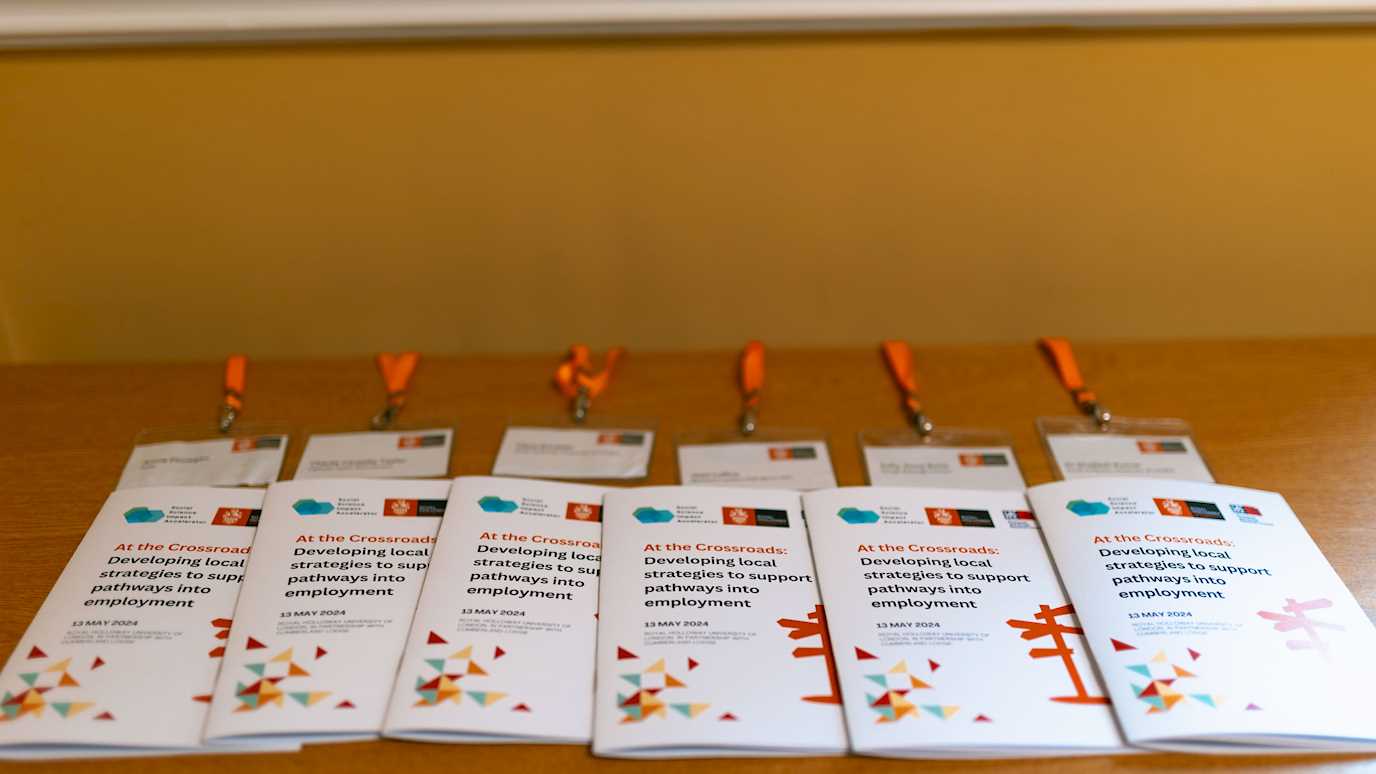Dr Jane Marriott, Senior Lecturer in Law, has written a blog for the International Day for Older Persons.
This year, IDOP coincides with the release of the results of the fourth review of the Madrid International Plan of Action on Ageing (MIPAA). Adopted by the Second World Assembly on Ageing in 2002, and endorsed by the UN, MIPAA is a global plan of action aimed firstly at responding to the opportunities and challenges of population ageing and, secondly, at promoting the development of a society for all ages. The fourth review covered the period 2017-2022, which included the COVID-19 pandemic. Inter alia, the review notes a wide range of measures adopted by states in promoting a positive image of later life, fighting ageism and stigma [1]and strengthening social solidarity and cohesion.[2] This is necessary work, given that the number of people aged 65 years or older worldwide is projected to more than double, rising from 761 million in 2021 to 1.6 billion in 2050. By then, the 65-plus age group is predicted to account for one in six people.
Given the persistence of age as one of society’s fault lines, it is unsurprising that the review identified the “narrowed and more negative image of old age”[3] which arose out of the COVID-19 pandemic as a threat to progress against MIPAA’s targets. In Silva et al’s view, the pandemic brought into clear view the issue of prejudice towards older people[4], which Meisner identifies as “pervasive.”[5] Silva et al note “anger” and “hatred”[6] projected at older people and the use of derogatory and offensive terms – for example, the tagging of COVID-19 as #boomerremover, #seniordeleter and #elderrepeller – leading to the further marginalisation of older adults who were already precariously positioned due to the pandemic’s disproportionate impact upon them. Meisner reveals clear themes of “population cleansing”[7] across generations, with older adults being viewed as undesirable and expendable. Ageist discourses manifested particularly acutely on social media and appeared to exhibit the clear and externalised stereotyping of older adults as fragile, dependent and a drain on society. Here, it is argued that the stereotyping of older people is undesirable and counterproductive to MIPAA’s aims.
Alarmist demography
In the 1990s, Katz took issue with the emphasis on apparent ‘facts’ about the greying population, reserving particular criticism for the way in which an alarmist discourse of demographic determinism victimised older people through presenting them as dependent, unproductive and a draw on society’s resources. He argued that the “alarmist rhetoric” around older people fuelled a “politics of difference”[8] which invited states to produce sub-optimal solutions and crabbed assumptions of the responsibility they should take for older citizens, often driven by political expediency or economic conditions such as reductions in public spending. Arguably, opinion has shifted somewhat in the period since Katz’s observations were made. There is, for example, growing recognition that this expanding demographic has developing political clout, with policymakers increasingly mindful of the political leverage possessed by a “critical mass” of older voters expressing preferences for its own priorities and rejecting those that comport with youth-oriented policies or those attempting to secure a reduction in the burden older people impose on health, pension and welfare systems.
It is, however, not just the state that is implicated in conceiving of older people as a “demographic timebomb”[9] for advanced economies. Van Ours and Garibaldi argue that, both in the media and the scientific community, population ageing is typically conceived of as a “tremendous burden” and the “staggering increase in the dependency ratio”[10] of older people is a worrying summary statistic. There is wider reference to “apocalyptic demography” and the “grey tsunami.”[11] In the sphere of health and social care, Garnham and Bryant identify professional assumptions made about the elderly which characterise them as helpless, vulnerable and frail and which, as a result, cast them as “dependent, passive and in need of intervention from services.”[12] They argue that, in the professional construction of the vulnerable subject, “[s]tructural relations of power in the healthcare and social welfare systems can … be viewed as connected to a state apparatus that increases the vulnerability and risk posed to older people in society.”[13] The professional thus reacts to the political construction of the elderly by perpetuating a vision of an imperilled, susceptible demographic.
Consequences
A number of consequences might arise from envisaging older people in the ways described above. First, the depiction gains traction and leads to us “becoming dangerously used to speaking and thinking of the ageing population as a problem, a burden on the public purse and private resources alike” which, in turn, “foster[s] attitudes of contempt and exasperation, and ultimately create[s] a climate in which abuse occurs.” Second, their depiction in this way causes older people to exist in a state of victimhood. They are victims of assumptions about their abilities, mindset, politics and needs. Third, that may lead to a situation where the state is implicated in perpetuating older people’s vulnerability and exposure to risk because its response to these assumptions is to infantilise them. Fourth, actions of the state, if not carefully thought through, may invite unwarranted, paternalistic intrusions into older peoples’ autonomy.
The issues are, of course, complex but MIPAA’s focus on the potential of older people encourages states to avoid the unwarranted homogenisation of this group and the downplaying of older people’s strengths, agency and values.[14] These qualities and approaches to life speak to resilience rather than victimhood and, if accorded greater prominence in thinking about the demands of an irreversible trend in global population ageing, might inform education, action and practice for the benefit of all.
[1] UNECE, ‘Ageing Policy in Europe, North America and Central Asia in 2017-2022: Synthesis Report on the implementation of the Madrid International Plan of Action on Ageing in the ECE region between 2017 and 2022’, p. 7.
[2] Ibid, p18.
[3] UNECE (n 1), p. 18.
[4] M. Silva et al., ‘Ageism among older adults in the context of the COVID-19 pandemic: an integrative review’ (2021) Rev Saude Publica 55(4).
[5] D Vervaecke and B Meisner ‘Caremongering and Assumptions of Need: The Spread of Compassionate Ageism During COVID-19’ (2021) 61(2) The Gerontologist 159, 159.
[6] Silva et al. (n 4).
[7] B. Meisner, ‘“Are You OK, Boomer?” Intensification of Ageism and Intergenerational Tensions on Social Media Amid COVID-19’ (2021) 43(1-2) Leisure Sciences 56, 58.
[8] S. Katz ‘Alarmist Demography: Power, Knowledge and the Elderly Population’ (1992) Journal of Aging Studies 6(3) 203, 207.
[9] J. Herring, Older People in Law and Society (OUP, 2009) p.197.
[10] J. van Ours and P. Garibaldi, ‘Ageing, Health and Productivity’ (OUP, 2010) p.2.
[11] E. Gee (2000) ‘Voodoo demography, population ageing, and Canadian social policy’ in E Gee and G Gutman (Eds.) The overselling of population ageing: Apocalyptic demography, intergenerational challenges and social policy (OUP, 2000) p.5.
[12] B. Garnham and L. Bryant, ‘Epistemological Erasure: The Subject of Abuse in the Problematization of “Elder Abuse”’ (2017) 41 Journal of Aging Studies 52, 56.
[13] Ibid.
[14] Garnham and Bryant (n 12).
























